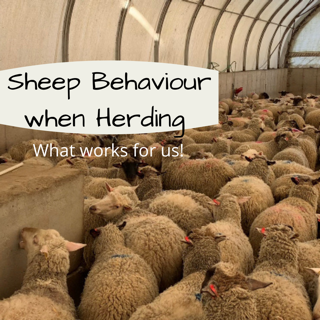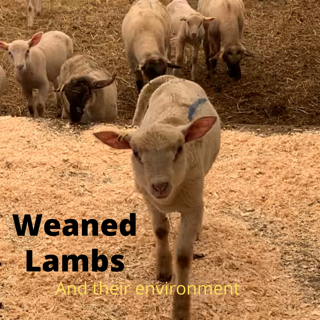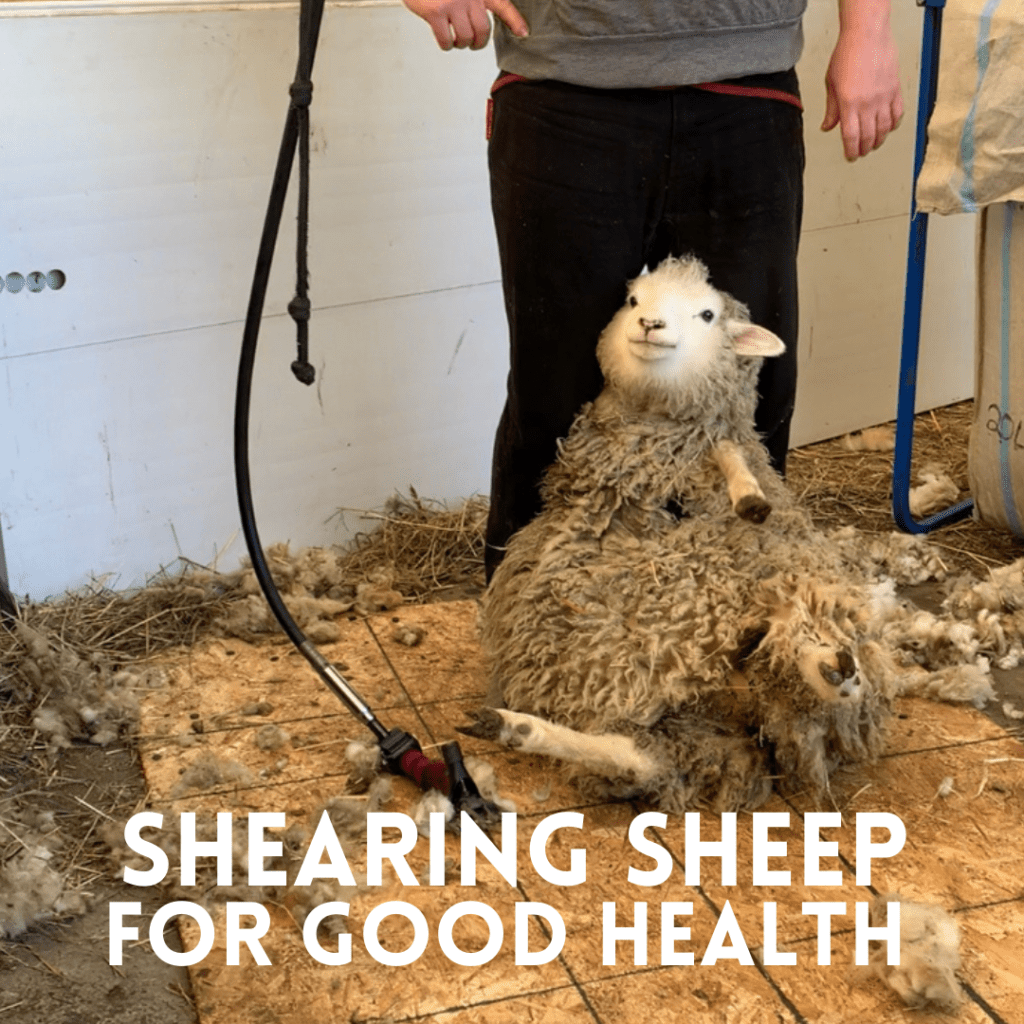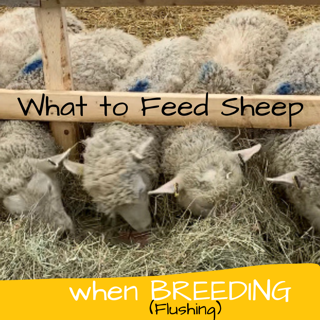How to Herd Sheep Flock
Sheep tend to move in the opposite direction of handler movement. Walking in the opposite direction of the direction of desired movement can be used to move groups of animals. Walking in the opposite direction tends to speed up movement and walking in the same direction tends to slow down movements. These principles work with all herding animals. [1]
When animals are completely tame they will have no flight zone. Leading is usually the most effective way to move very tame animals. Handlers on farms and ranches can reduce the size of the flight zone by spending time walking through the herd or flock. [1]
What is a Flight Zone?
One of the most basic concepts in handling sheep and other livestock is the flight zone. All animals have a flight zone. A flight zone is an animal’s personal space. It is where the animal feels comfortable and unthreatened. When a person is outside the animal’s flight zone, the animal will turn and face the handler. [6]
It is best to work on the outside of an animal’s flight zone. If the flight zone is penetrated too deeply, animal behavior can be unpredictable and dangerous. Sheep are not large, but they are quick on their feet and strong for their size. Pile-ups can result in small enclosures, causing injury to the animals, especially the small or weak ones. [6]
The size of an animal’s flight zone varies. It depends how wild or tame the animal is. Sheep that have not had much human contact will have a large flight zone, whereas pet sheep may not have a flight zone. Sheep confined to a small space will have a smaller flight zone than sheep confined to a large area. Frequent, gentle handling tends to diminish the size of the flight zone. At the same time, sheep have excellent memories and can remember rough handling. [6]
Sheep Have Blind Spots
Sheep have blind spots directly in front of them and directly behind them where they cannot see a thing. The good news is all the sheep has to do is turn its head slightly to be able to see in those blind spots. However, it’s important to keep the sheep’s blind spots in mind if you ever approach a sheep. [3]
Approaching a sheep directly from behind can cause it to become startled and run away, which can be annoying if you’re trying to catch it. For this reason, always talk calmly as you approach a sheep so they know you are there. Also, refrain from moving quickly directly in front of a sheep, even if you are going to pet them, as they cannot see directly in front of themselves. Petting them on the head may startle them if they are not aware of what you are doing. [3]
Always stay to the side of a sheep rather than in front of one to avoid getting run over in the event the sheep would get startled, since they won’t see you standing directly in front of them. [3]
Watch this video!
The more time spent in and around the flock, the easier it becomes to herd the flock, or get them to go willingly to where you want them to go. It takes times, practice, understanding their behaviours and patience.
Sheep Can Rotate Their Eyes Upwards About 50°
Sheep have the ability to rotate their eyes 50° upwards and hold it for long periods to time. This comes in handy while grazing; the sheep’s head is down but they need to be able to stay focused on what’s going on around them. [3]
The sheep will graze with their head down but rotate their eyes upward so they can continue to scan their surroundings. Most herbivores that rely mostly on grazing have this same ability. [3]
How Does their Eye Impact their Behaviour?
The sheep is aware of every change in its environment and its senses are geared to assess such changes with optimum speed and accuracy. [2]
Sheep can see almost completely around themselves, but their sight is most acute in the frontal visual field where the two eyes overlap. [4]
Sheep have rectangular pupils that give them amazing peripheral vision – it’s estimated their field of vision is between 270 and 320 degrees; humans’ average about 155 degrees – and depth perception. These are great assets when you’re a prey animal. It’s like surround sound for the eyes. [5]
Want to see these points in action? Read more about The Impressive Sheep Eye here! Or get a glimpse of the shape of the sheep eye in this video here.
Sources
- [1] http://www.grandin.com/behaviour/principles/flight.zone.html
- [2] https://www.newscientist.com/article/mg12617164-100-through-a-sheeps-eye/#ixzz7EvdeMlfR
- [3] https://savvyfarmlife.com/what-sheep-can-see/
- [4] https://www.newscientist.com/article/mg12617164-100-through-a-sheeps-eye/#ixzz7EvdxMh5l
- [5] https://modernfarmer.com/2017/12/6-facts-sheep-might-not-know/
- [6] http://www.sheep101.info/201/handling.html





